Trump wanted military to ‘crack skulls’ of George Floyd protesters, reveals new book
Former US President Donald Trump wanted the military to ruthlessly deal with George Floyd murder protesters and “crack their skulls”, a new book on 2020 US elections has revealed.
Titled ‘Frankly, We Did Win This Election: The Inside Story of How Trump Lost,’ the damning book comes out with new details about how Trump's language and behavior turned violent in the aftermath of the murder of Floyd, an African-American man, by a white police officer in Minneapolis May last year.
According to the book by Michael C. Bender, a former Wall Street Journal reporter, the former US President had turned violent during Oval Office meetings as protests in Seattle and Portland began to receive attention from cable new outlets.
Trump would highlight videos that showed US police officers getting physical with protesters and tell his administration he wanted to see more of that behavior, the new book reveals, as reported by CNN.
“That's how you're supposed to handle these people,” Trump told his top law enforcement and military officials, according to Bender. “Crack their skulls!”
The former US President, who drew sharp criticism for his racist and xenophobic rhetoric that emboldened white supremacists to attack people of color in the US, had asked him team that he wanted the military to act ruthlessly against civil rights protesters.
“Just shoot them,” Trump said on multiple occasions inside the Oval Office, according to the book excerpts.
The book also details how the US joint chiefs chairman, Gen. Mark Milley, and some other senior officials had to deal with Trump's increasingly volatile behavior during the final months of his presidency.
The top US general, according to the book, repeatedly resisted Trump's argument that the military should intervene violently to quell the civil unrest in the aftermath of Floyd’s murder last year, but found he was the only opposition voice during the Oval Office discussions.
When Milley and then-Attorney General William Barr would push back, Trump toned it down.
“Well, shoot them in the leg—or maybe the foot,” Trump said, as quoted in the book. “But be hard on them!”
During one such Oval Office debate, the book describes how senior Trump adviser Stephen Miller equated the scenes unfolding on his television to those in a third-world country and claimed major American cities had been turned into war zones.
“These cities are burning,” Miller warned, according to the excerpts.
The comment drew Milley’s ire, Bender writes, noting the Army general who had commanded troops in Iraq and Afghanistan spun around in his seat and pointed a finger directly at Miller.
According to the author, Milley saw the unrest around Floyd's murder as a political problem, not a military one.
He told Trump there were more than enough reserves in the National Guard to support law enforcement in dealing with protests. Milley told him that invoking the Insurrection Act would shift responsibility for the protests from local authorities directly to the President, according to the excerpts.
Floyd’s murder and protests
The 46-year-old African-American had bought cigarettes at a convenience store in South Minneapolis on 25 May 2020 when a shop assistant felt he had used a counterfeit $20 bill and called the police.
Police officers arrived and handcuffed Floyd but he resisted. He was then pinned down on the street, with a police officer planting his left knee on his neck and shoulder, and kept it there for more than nine minutes, according to prosecutors.
Floyd kept saying he could not breathe. The video clicked by an onlooker shows him going limp and being carried away by police. He was later pronounced dead in hospital.
The incident shocked the world, triggering widespread protests in the US. Trump, who was seen complicit in the murder for his racist remarks, tried to suppress the protests.
The murder trial, which began on March 29, later became a highly-charged affair and lasted three weeks. A twelve-member jury heard from 45 witnesses and saw several hours of video footage.
The main accused, police officer Derek Chauvin, was found guilty on three charges: second-degree murder, third-degree murder and manslaughter.
But Minnesota law stipulates that he will only be given a sentence for the severest of the three because they all arise out of the same behavior.
The sentence is expected to come on Friday, with Chauvin likely to face 10 to 40 years in prison.
D-8’s role in Iran’s economy after Cairo summit
China slams US as ‘war-addicted’ threat to global security
China ‘firmly opposes’ US military aid to Taiwan
VIDEO | Press TV's News Headlines
President Yoon Suk Yeol to be removed from office
At least 19 Gazans killed by Israeli airstrikes since dawn: Medics
Leader: Iran neither has nor needs proxy forces
US fighter aircraft shot down ‘in friendly fire’ amid aggression on Yemen



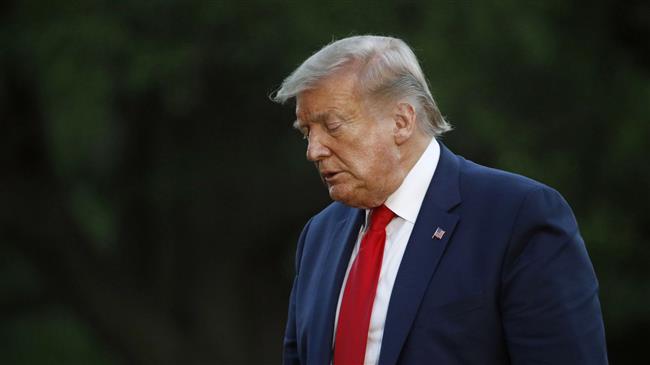
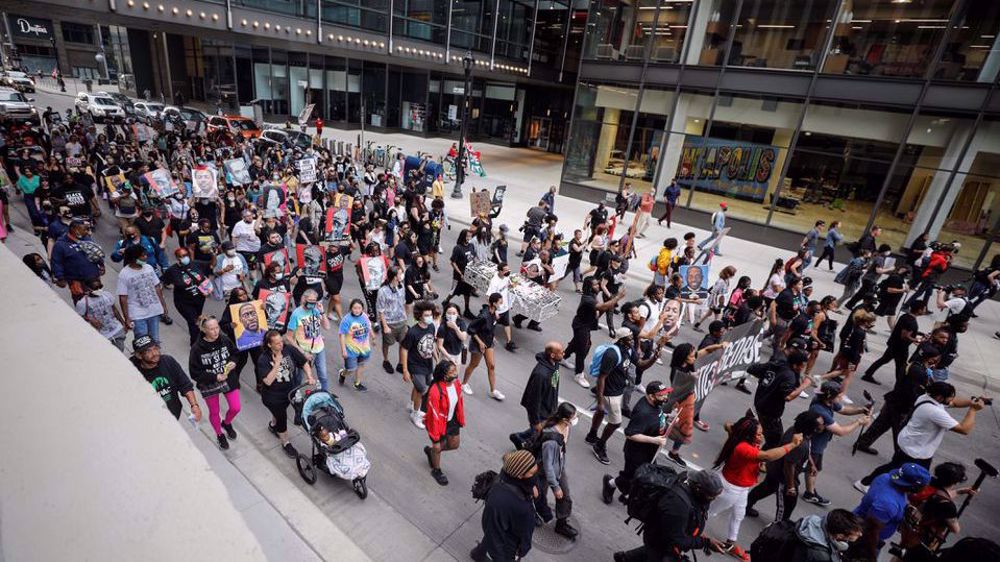


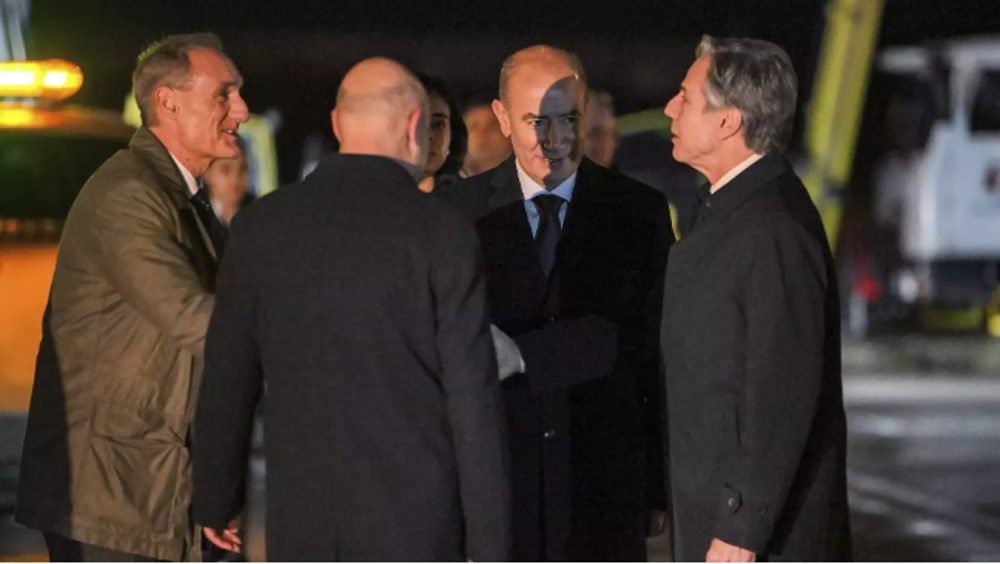



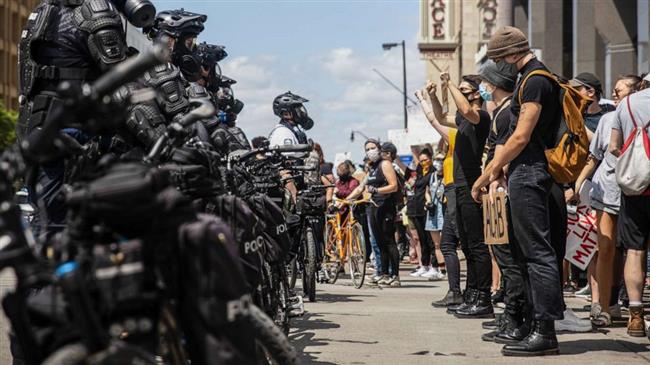
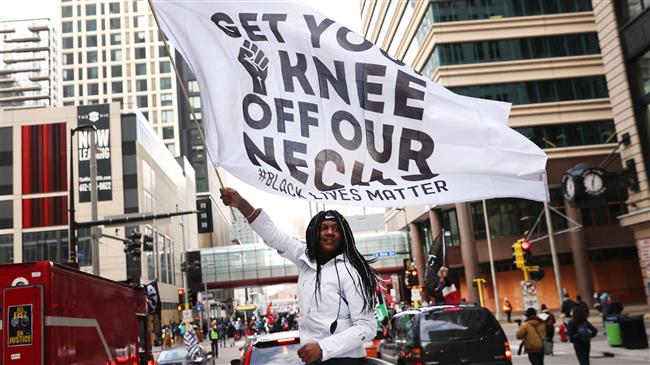
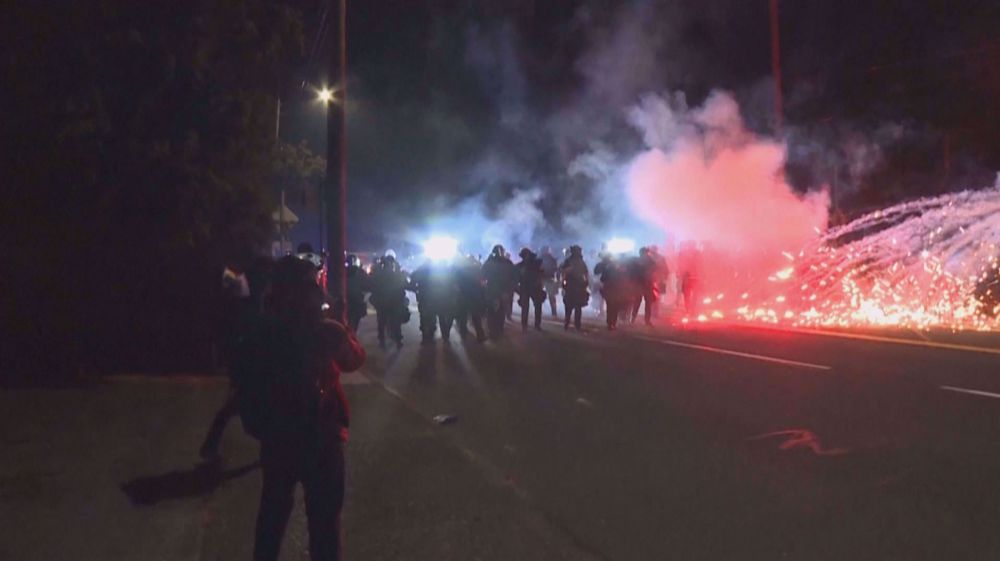
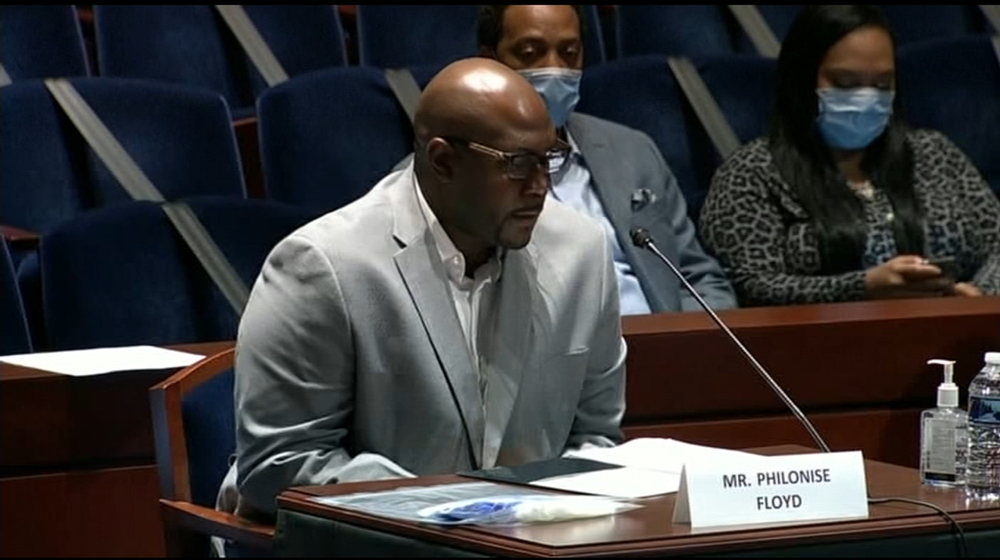
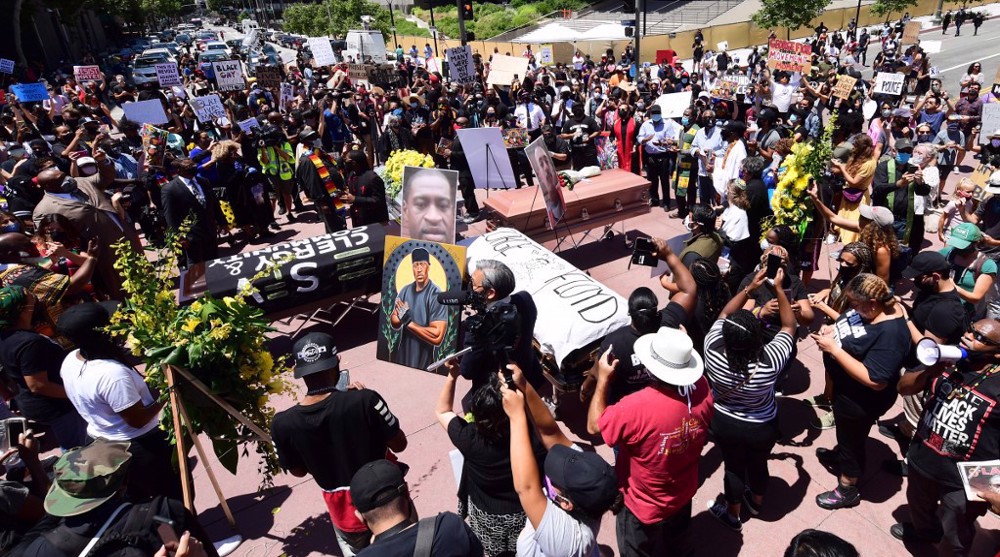

 This makes it easy to access the Press TV website
This makes it easy to access the Press TV website